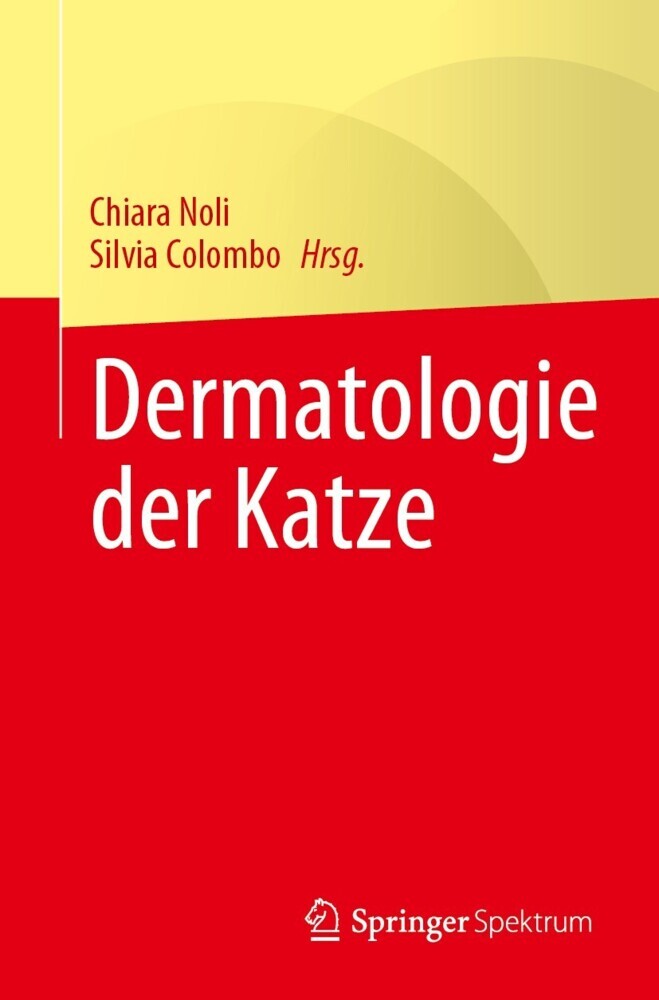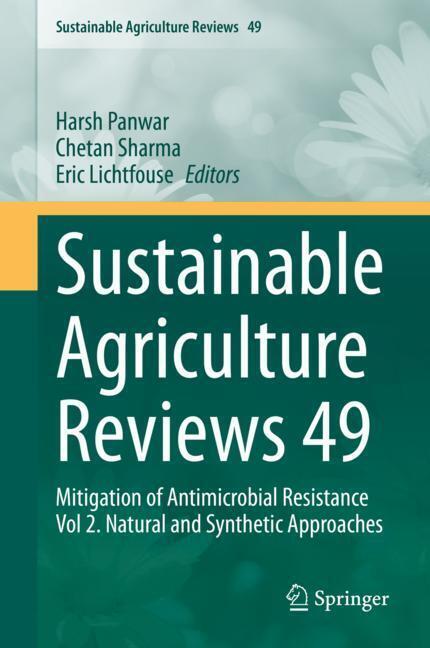Antimicrobials in Livestock 1: Regulation, Science, Practice
A European Perspective
Antimicrobials in Livestock 1: Regulation, Science, Practice
A European Perspective
This first volume in a two-volume work enhances readers' understanding of antimicrobial resistance mechanisms in selected bacterial species that cause diseases in major food producing animals. It provides an overview of the current legislation and policies seeking to regulate the authorisation, manufacturing, distribution and use of veterinary antimicrobials in practice in a way that helps to contain the spread of antimicrobial resistance. The focus is put on Europe, without neglecting the global context. Moreover, attention is paid to various uses of antimicrobials in livestock, considering both their risks and benefits, from the distant past to the present.
Growth promotion, prophylaxis, metaphylaxis, diagnostics and treatment are discussed not only with regard to food production and animal health, but also considering the One Health concept, which combines public and animal health with environmental aspects. A summary of various systems for monitoring the use of antimicrobials is provided, as well as an overview of the diseases that European veterinarians most often treat with antimicrobials. In closing, the book addresses the complexity of recent measures that are of key importance for antimicrobial stewardship, e.g. biosecurity, vaccination and other preventive tools including the newest technologies like smart farming.
The complete two-volume work provides an extensive review of various aspects related to the use of antimicrobials in veterinary medicine, especially considering major food producing species, their most common infectious diseases and causative pathogens, and mainly focusing on the situation in Europe, without ignoring the global context. While Volume I discusses more general aspects of antibiotic use such as regulatory, laboratory and practical issues from different perspectives, Volume II more specifically discusses medical aspects and the use of antimicrobials in cattle, pigs, poultry and horses, as well as pharmacokinetics and pharmacodynamics, two of the most important factors determining the success of treatment. In both volumes, each chapter confronts the reader with open questions to stimulate further discussions and future research on the topics covered.
Lucie Pokludová had graduated as microbiologist at the Faculty of Science at Masaryk University in Brno, Czech Republic and finished PhD studies in analytical microbiology and computer image analysis. She worked as microbiologist, then residue assessor and current experience is as assessor of efficacy of antimicrobials and AMR at Institute for State Control of Veterinary Biologicals and Medicines. She represents the Czech Republic on different global and European fora, as e.g. EMA - ESVAC, EU JAMRAI project EARS-vet, AACTING and VETCAST and for more than 10 years has participated the One Health Czech National Action Plan on AMR. As part time job she teaches at Masaryk University in Brno, but also performs regular lectures in European AMR BTSF programme as well as invited lectures on different occasions, enjoying teaching as well as communication and sharing the views with students, veterinarians and further audience bringing her different experiences from practice. She loves her jobs but also her family, being married and having 2 children.
Growth promotion, prophylaxis, metaphylaxis, diagnostics and treatment are discussed not only with regard to food production and animal health, but also considering the One Health concept, which combines public and animal health with environmental aspects. A summary of various systems for monitoring the use of antimicrobials is provided, as well as an overview of the diseases that European veterinarians most often treat with antimicrobials. In closing, the book addresses the complexity of recent measures that are of key importance for antimicrobial stewardship, e.g. biosecurity, vaccination and other preventive tools including the newest technologies like smart farming.
The complete two-volume work provides an extensive review of various aspects related to the use of antimicrobials in veterinary medicine, especially considering major food producing species, their most common infectious diseases and causative pathogens, and mainly focusing on the situation in Europe, without ignoring the global context. While Volume I discusses more general aspects of antibiotic use such as regulatory, laboratory and practical issues from different perspectives, Volume II more specifically discusses medical aspects and the use of antimicrobials in cattle, pigs, poultry and horses, as well as pharmacokinetics and pharmacodynamics, two of the most important factors determining the success of treatment. In both volumes, each chapter confronts the reader with open questions to stimulate further discussions and future research on the topics covered.
Lucie Pokludová had graduated as microbiologist at the Faculty of Science at Masaryk University in Brno, Czech Republic and finished PhD studies in analytical microbiology and computer image analysis. She worked as microbiologist, then residue assessor and current experience is as assessor of efficacy of antimicrobials and AMR at Institute for State Control of Veterinary Biologicals and Medicines. She represents the Czech Republic on different global and European fora, as e.g. EMA - ESVAC, EU JAMRAI project EARS-vet, AACTING and VETCAST and for more than 10 years has participated the One Health Czech National Action Plan on AMR. As part time job she teaches at Masaryk University in Brno, but also performs regular lectures in European AMR BTSF programme as well as invited lectures on different occasions, enjoying teaching as well as communication and sharing the views with students, veterinarians and further audience bringing her different experiences from practice. She loves her jobs but also her family, being married and having 2 children.
Pokludová, Lucie
| ISBN | 9783030467210 |
|---|---|
| Artikelnummer | 9783030467210 |
| Medientyp | E-Book - PDF |
| Copyrightjahr | 2020 |
| Verlag | Springer-Verlag |
| Umfang | 374 Seiten |
| Sprache | Englisch |
| Kopierschutz | Digitales Wasserzeichen |











